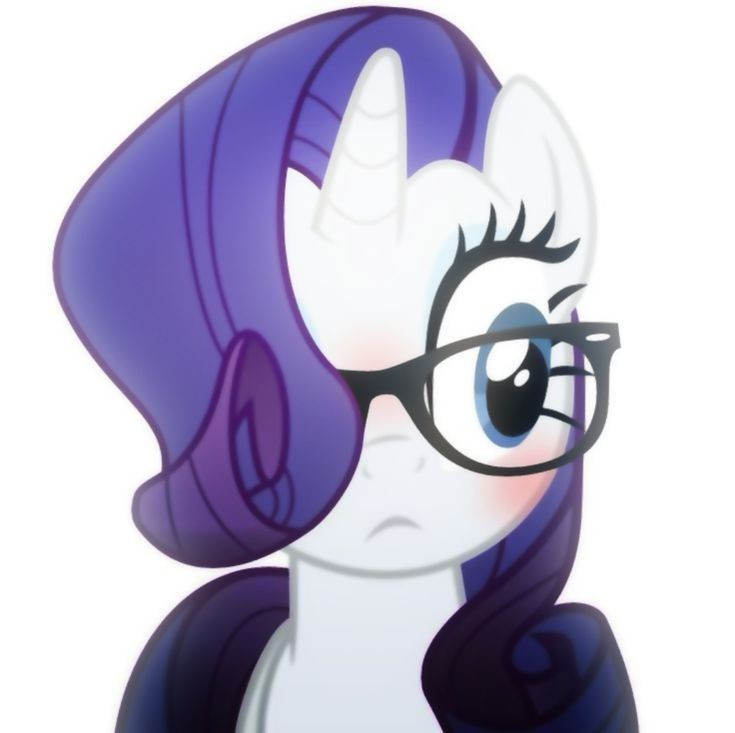Russia in 1894👀
Cards (12)
- In the late 1800s russia was the largest country in the world and stretched across 8 million square miles- THE SIZE MADE IT DIFFICULT TO GOVERN
- Russia and a population of approximately 125 million half of these were ethnic Russians which included- GERMANS , POLES , SLAVS , ASIANS- many did not speak Russian
- The ruling class russai was made up of Tsar and the royal family they made up less than 1% of the population but owned a significant amount of land. The wider upper class made up of landowners nobles, wealthy merchants and High ranking members of the orthodox church, civil service and military they made up approx 12% of the population-The upper class owned all the land and was dependent on tsar
- Peasants- Around 82% of the population were the Peasants who lived in the countryside. Landed and handless farmers, kulaks(wealthier landowning Peasants) Until 1861 most of the Peasants were serfs this meant that they were effectively the property of the landowner however in 1861 Alexander II abolished serfdom
- Autocratic rule - the tsarist state system developed over a long period and the tsars authority was supported by several features these are known as the pillars of autocracy this referred to army,civil service and orthodox church
- TSARS MINISTERS - Tsar chose his ministers so he could also remove them when he desired. THey were often drawn from the members of the royal family or nobility
- The civil service helped tsar run the russian empire performing his will and maintaining his authority their privilege was dependent on their service to the Tsar this created loyalty as opposing him would mean losing power and position
- THE ECONOMY - compared to western Europe the russian empire was politically,economically and socially backwards tehre was little industry and the vast of majority of the people were peasants farmers
- THE ECONOMY - they worked in an agricultural system that had changed little since the middle ages. Most of the population were illiterate. There was little industry and most of it was located in Moscow and St petersburg
- After 1861, they had to deal with redemption payments. These were very high and reduced the amount of money the peasants had to spend
- THE LAND PROBLEM - many peasants believed that their problems would be solved by acquiring more land however there was a land shortage In the empire
- INDUSTRY - THE empire lacked a strong industry for many reasons, it lacked the capital or money to purchase the machinery required. It relied on taxation of peasants which increased resentment and sales of grain to other countries. It lacked the roads and railwork to exploit many of it natural resources aswellbas lacking a skilled workforce due to iliteracy and unskilledness
